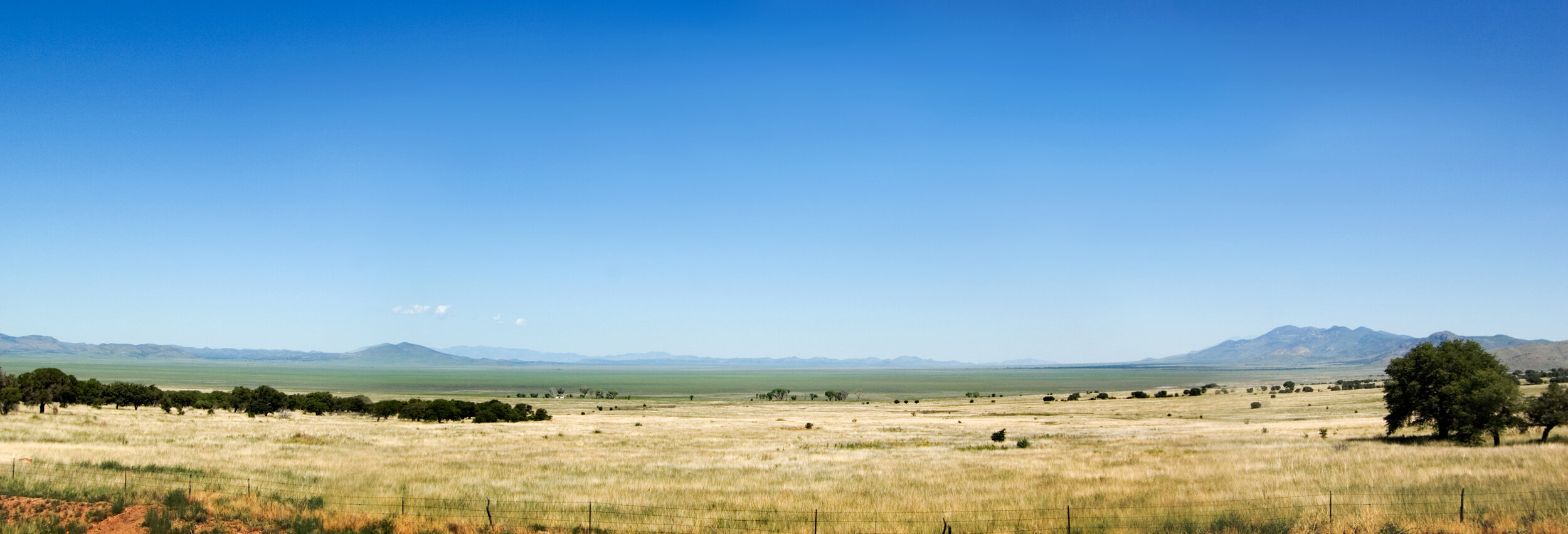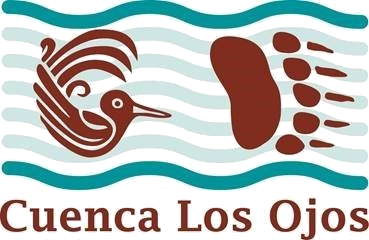
Sequestering Carbon
New research conducted on Cuenca indicates that erosion control structures installed for riparian restoration also sequester a significant amount of carbon (Callegary et al. 2021). Soil that accumulates behind gabions and trincheras is rich in organic matter, with high levels of both carbon and nitrogen. Preliminary data indicate that the carbon content of restored streams is higher than non-restored waterways.
We are enthusiastic about these findings because they suggest that Cuenca’s riparian restoration methods address not only climate adaptation, but also mitigation. By helping the soil retain moisture, increasing overall water flow in streams, and reducing peak flow during floods, dryland riparian restoration increases our ability to adapt to the changes in temperature and precipitation that are projected in climate models. In addition, riparian restoration - applied at a broad scale - could also help reduce the atmospheric carbon that contributes to climate change.
